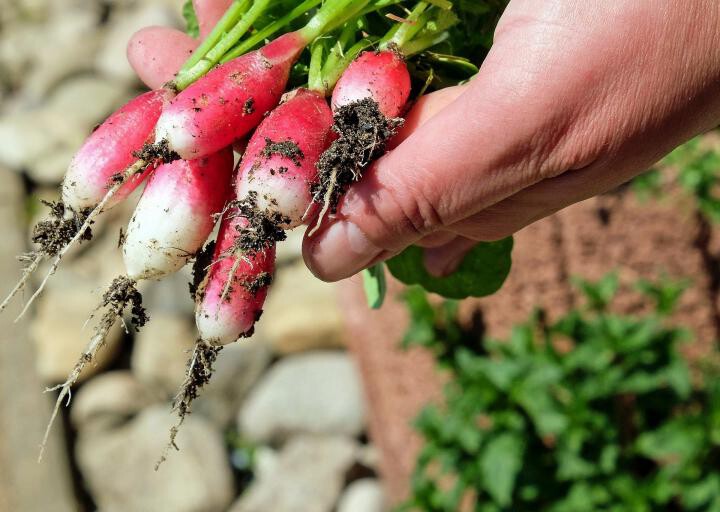
If you are simply growing two or three tomato plants, this process is easy. But if you plan to grow a full garden, you need to consider:
Where will each vegetable go?
When will each vegetable need to be planted?
Here are a few guidelines to arranging your vegetables:
1.There are “cool-season” veggies that grow in spring (eq, lettuce, spinach, root veggies) and “warm-season” veggies that aren’t planted until the soil warms up (eq, tomatoes, peppers). Plant cool-season crops after spring frost and then plant warm-season crops in the same area later in the season.
2.Plant tall veggies (such as pole beans on a trellis or sweet corn) on the north side of the garden so they don’t shade shorter plants. If you do get shade in a part of your garden, save that area for small, cool-season veggies. If shade is unavoidable in parts of your garden, save those areas for cool-season vegetables which appreciate shade as the weather heats up.
3.Most veggies are annuals (planted each year). If you’re planning on growing “perennial” crops such as asparagus, rhubarb, and some herbs, provide permanent locations or beds.
4.Consider that some crops mature quickly and have a very short harvest period (radishes, bush beans). Other plants, such as tomatoes, take longer to produce, but also produce for longer. These “days to maturity” are typically listed on the seed packet.
5.Stagger plantings. You don’t want to plant all your lettuce seeds at the same time or all that lettuce will need to be harvested around the same time! Stagger plantings by a few weeks to keep ‘em coming!